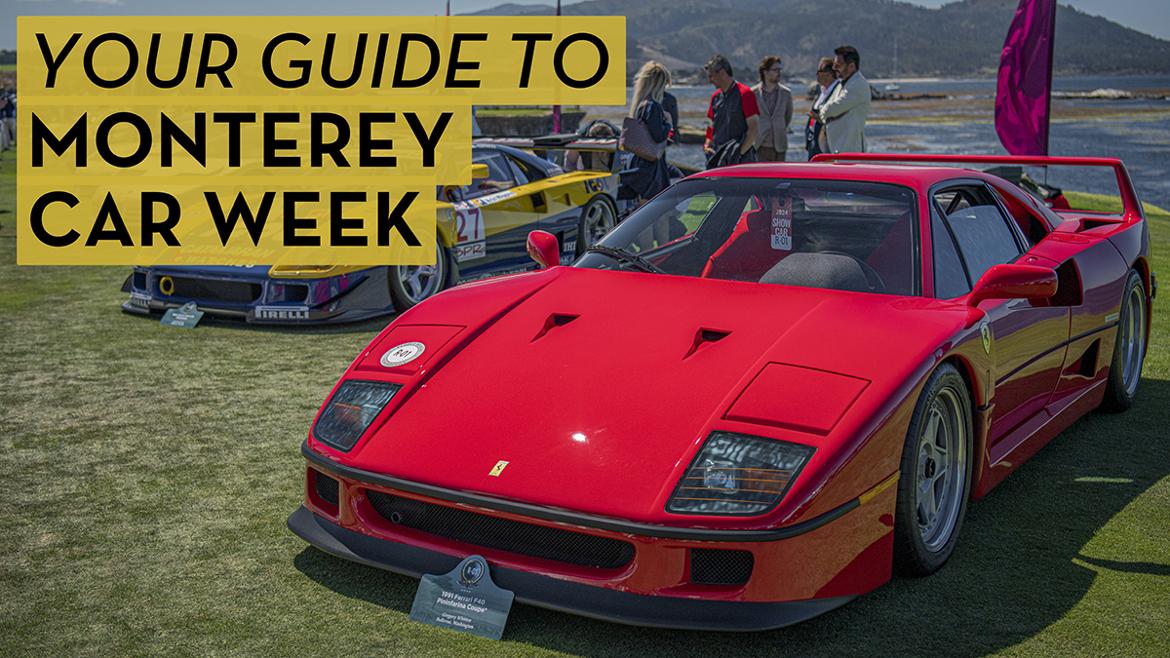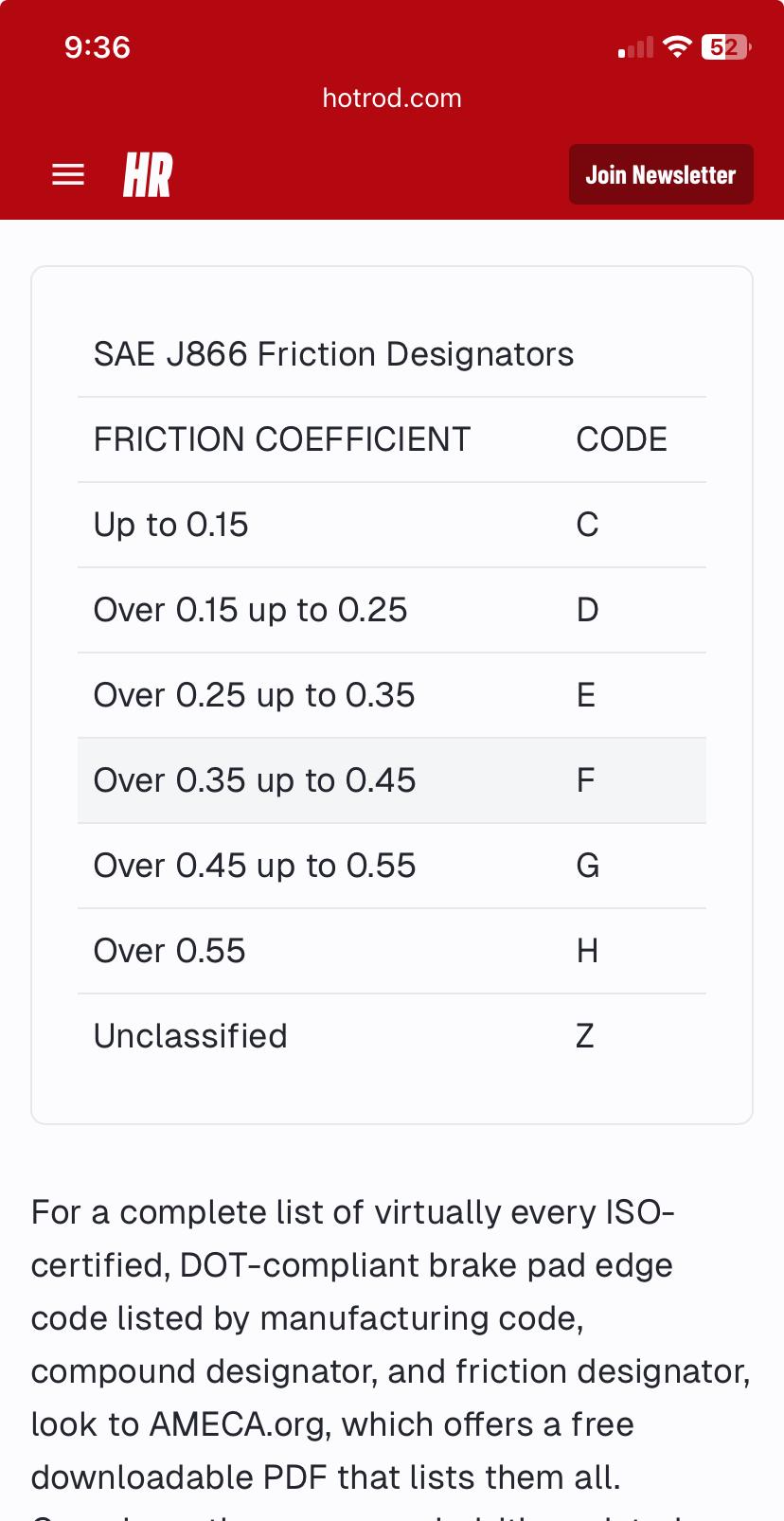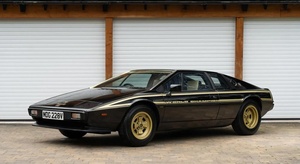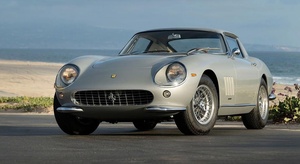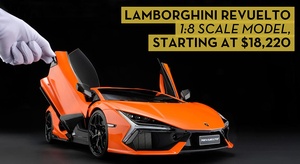What it is:
1993 F150 with The "Factory Big Brake Kit" on it, which is a 2004-2007ish E150 front spindle and brake setup
https://www.nloc.net/forum/index.php?threads/factory-big-brake-kit.210296/
The NLOC forum advises a '99 Expedition master cylinder, and that's what I went with. Also have 2001 Lightning wheels on the truck, not that I think that's contributing to the problem, but more information is always good and they are a little bit more rotating mass to resist.
Problem I'm having:
Especially with towing, I feel like I'm not getting enough brakes. It feels less competent than with the stock brakes. When she was stock I was always able to lock the brakes, towing, loaded, unloaded, whatever. Now no matter how hard I push I don't get that feeling. I worry that I wouldn't be able to overpower the engine.
Contributing factors:
Brake system is in good repair, stainless steel lines about a year before I got the brake upgrade. However, the brake booster is (very possibly) stock at 400k+ miles on it. I know that in the 260k+ miles and 20 years I've had the truck I haven't replaced the booster. I've also got a misfire/stumble that I've been trying to track down, so it might be the booster?
My main concern right now is the hydraulics. Just because the guys on NLOC are happy running the Expedition MC doesn't mean its correct.

